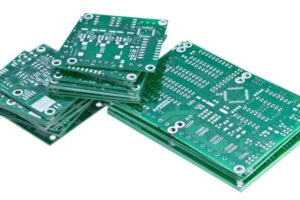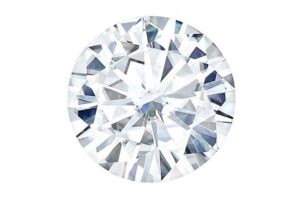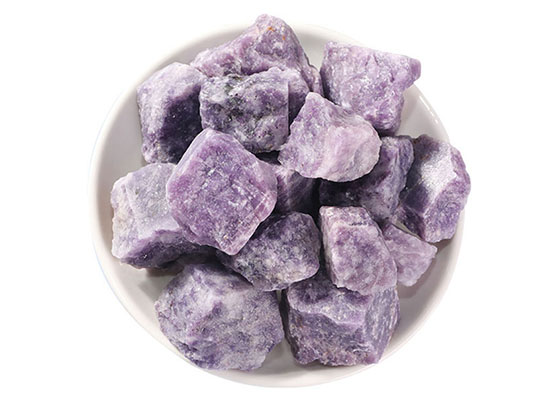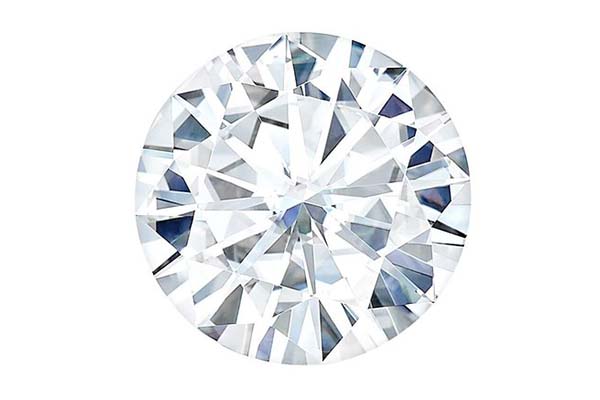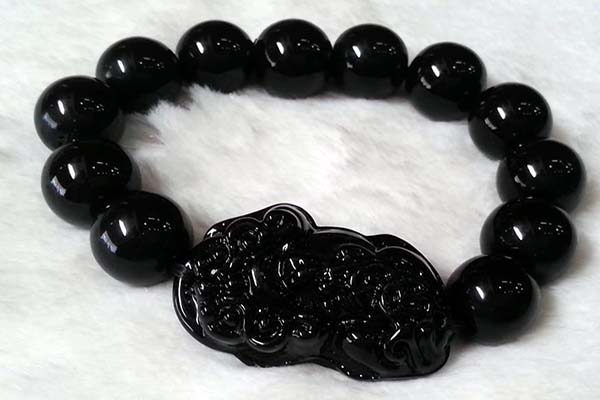When it comes to the world of minerals, there are many different types to explore. Two minerals that often get compared are purple mica and lepidolite. While both of these minerals are known for their purple color, they are not the same. In this blog post, we will explore the differences and similarities between these two minerals.
What is Purple Mica?
Purple mica, also known as lepidolite mica, is a type of mica that has a purple or lilac color. It is a mineral that belongs to the phyllosilicate group, which means that it has a layered structure. Purple mica is made up of potassium, lithium, aluminum, and silicon.
Properties of Purple Mica
Purple mica has a hardness of 2.5 to 4 on the Mohs scale, which makes it relatively soft. It has a perfect basal cleavage, which means that it can be easily split into thin sheets. The mineral has a vitreous to pearly luster and is translucent to transparent.
Uses of Purple Mica
Purple mica is commonly used in the production of ceramics, glass, and paint. It is also used as an insulator in electronic equipment and as a filler in plastics. In addition, purple mica is used in the production of lithium-ion batteries.
Occurrence of Purple Mica
Purple mica is found in many locations around the world, including Brazil, the United States, Canada, and Russia. It is often found in pegmatites, which are igneous rocks that contain large crystals.
What is Lepidolite?
Lepidolite is a mineral that belongs to the mica group. It is a lithium-rich mineral that is often found in association with other lithium minerals. Lepidolite has a lavender to pink or purple color and is commonly used in jewelry.
Properties of Lepidolite
Lepidolite has a hardness of 2.5 to 4 on the Mohs scale and has a perfect basal cleavage. It has a vitreous to pearly luster and is translucent to transparent. The mineral is made up of potassium, lithium, aluminum, and silicon.
Uses of Lepidolite
Lepidolite is commonly used in the production of lithium-ion batteries, ceramics, and glass. It is also used as a flux in the production of steel and in the manufacturing of specialty glass. In addition, lepidolite is often used in metaphysical practices for its calming and soothing properties.
Occurrence of Lepidolite
Lepidolite is found in many locations around the world, including Brazil, the United States, Canada, and Russia. It is often found in pegmatites and is associated with other lithium minerals.
Differences Between Purple Mica and Lepidolite
While purple mica and lepidolite have many similarities, there are also several key differences between these two minerals.
Chemical Composition
The chemical composition of purple mica and lepidolite is very similar. Both minerals are made up of potassium, lithium, aluminum, and silicon. However, purple mica may also contain other elements, such as iron, magnesium, and manganese.
Crystal Structure
The crystal structure of purple mica and lepidolite is also similar, as both minerals belong to the phyllosilicate group. However, the crystal structure of purple mica is more complex than that of lepidolite.
Physical Properties
While both minerals have a similar hardness and cleavage, there are some differences in their physical properties. Purple mica is typically more translucent than lepidolite, which is more transparent. Additionally, purple mica has a vitreous to pearly luster, while lepidolite has a vitreous to dull luster.
Colors and Appearances
The most noticeable difference between purple mica and lepidolite is their color. Purple mica has a distinct purple or lilac color, while lepidolite has a range of colors from lavender to pink or purple. Additionally, lepidolite often has a pearly or iridescent sheen, while purple mica does not.
Similarities Between Purple Mica and Lepidolite
While there are differences between purple mica and lepidolite, there are also many similarities.
Chemical Formula and Elements
As mentioned earlier, both minerals have a similar chemical composition, with potassium, lithium, aluminum, and silicon being the primary elements. The chemical formula for both minerals is also very similar.
Industrial and Commercial Uses
Both purple mica and lepidolite are used in the production of ceramics, glass, and lithium-ion batteries. They are also used as fillers in plastics and as fluxes in the production of steel.
Metaphysical Properties
Both purple mica and lepidolite are believed to have calming and soothing properties. They are often used in metaphysical practices for this reason.
Conclusion
In conclusion, while purple mica and lepidolite share many similarities, they are not the same mineral. While they have a similar chemical composition and are used in similar industrial and commercial applications, there are differences in their crystal structure, physical properties, and appearance. However, both minerals have a unique beauty and are valued for their metaphysical properties.
References
- Mindat.org. (n.d.). Purple Mica. https://www.mindat.org/min-2273.html
- Mindat.org. (n.d.). Lepidolite. https://www.mindat.org/min-2361.html
- National Park Service. (n.d.). Rocks and Minerals of the Blue Ridge Mountains. https://www.nps.gov/articles/blueridgeminerals.htm
